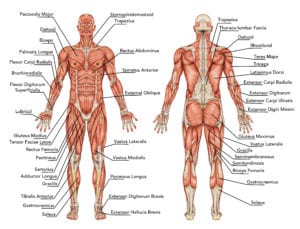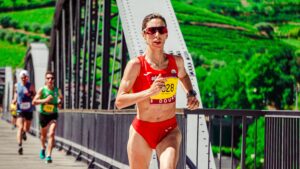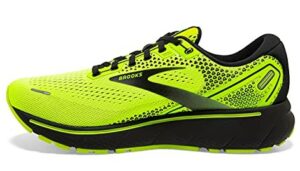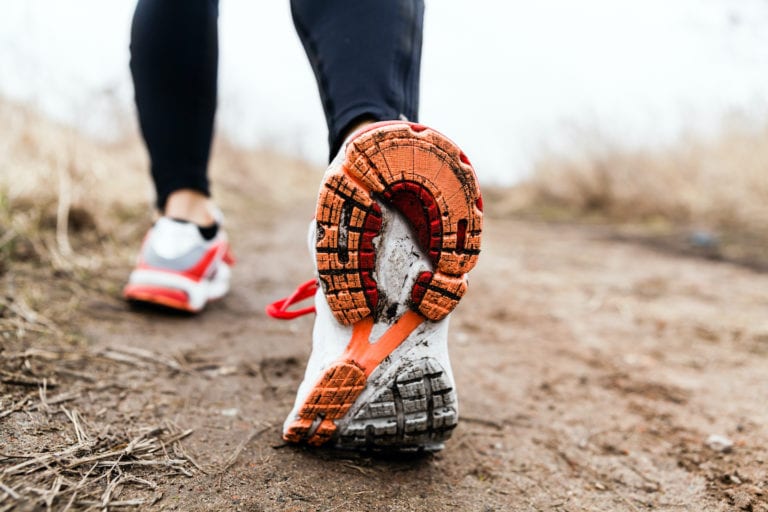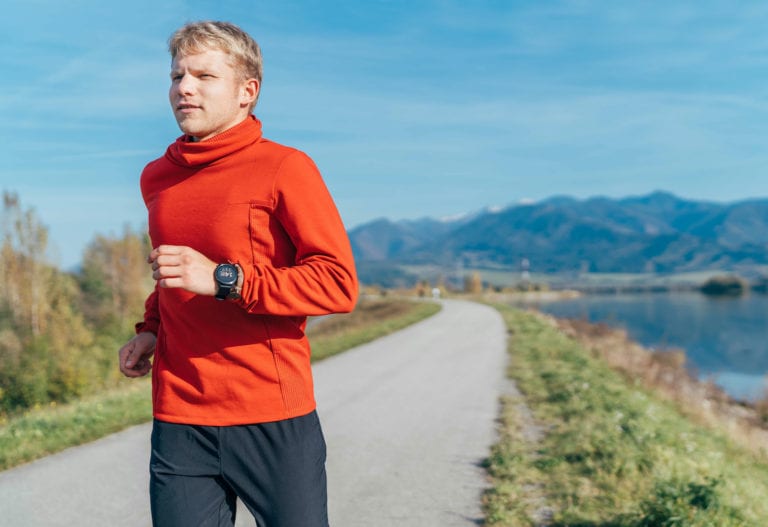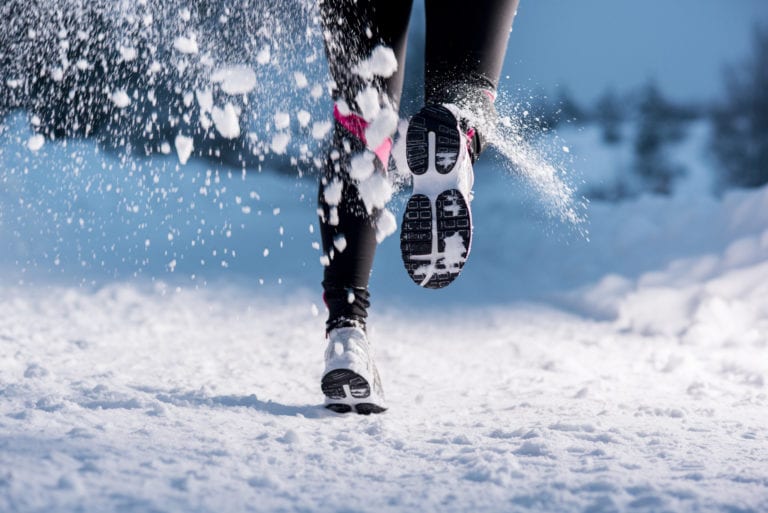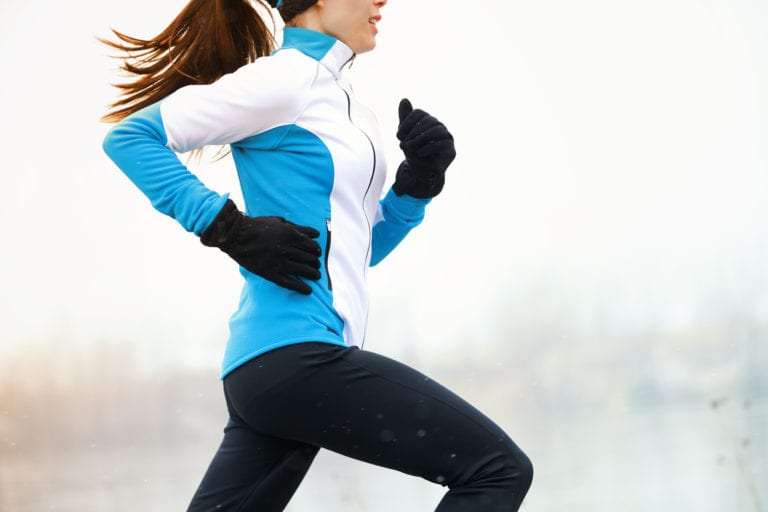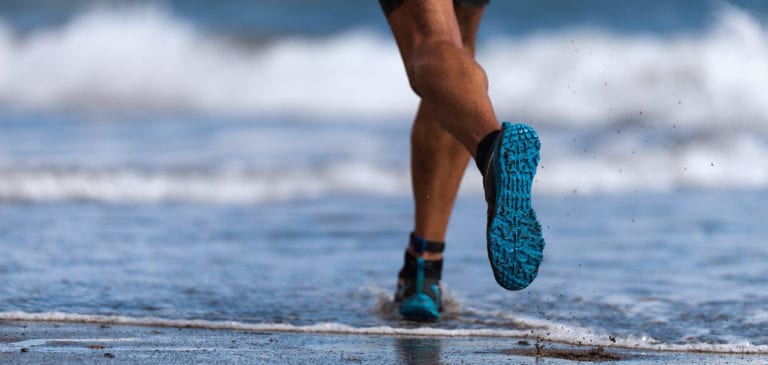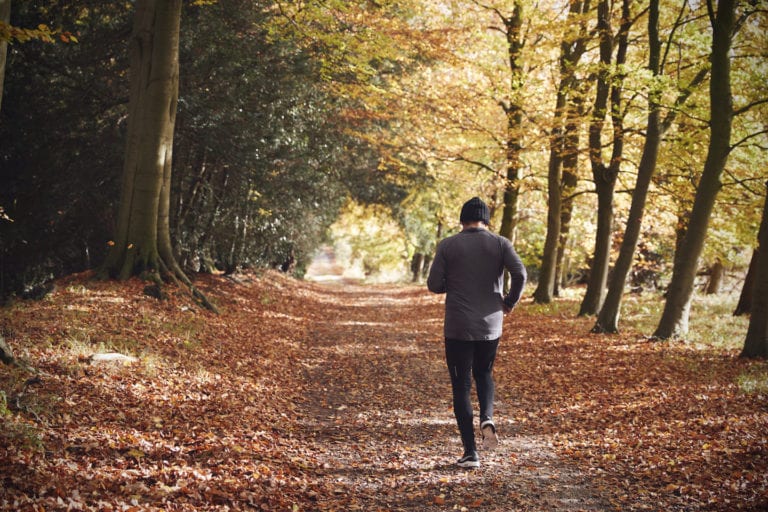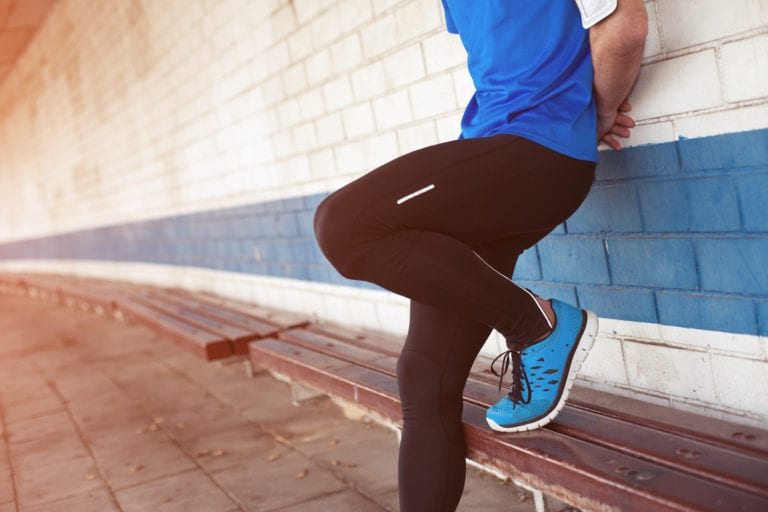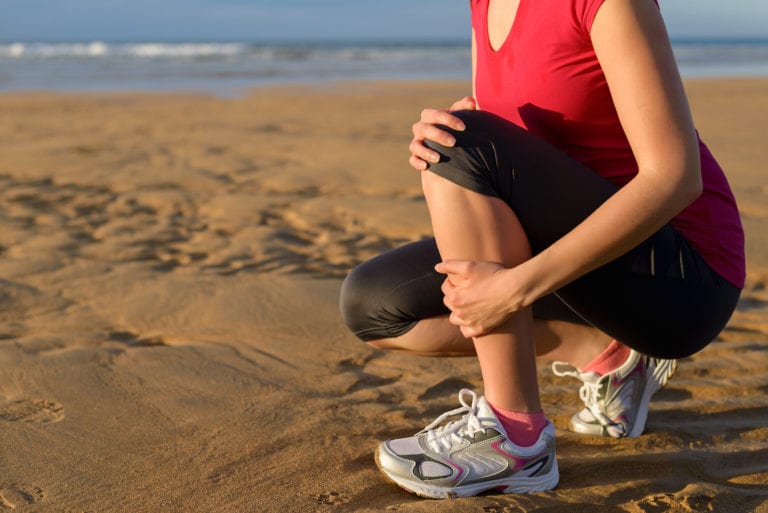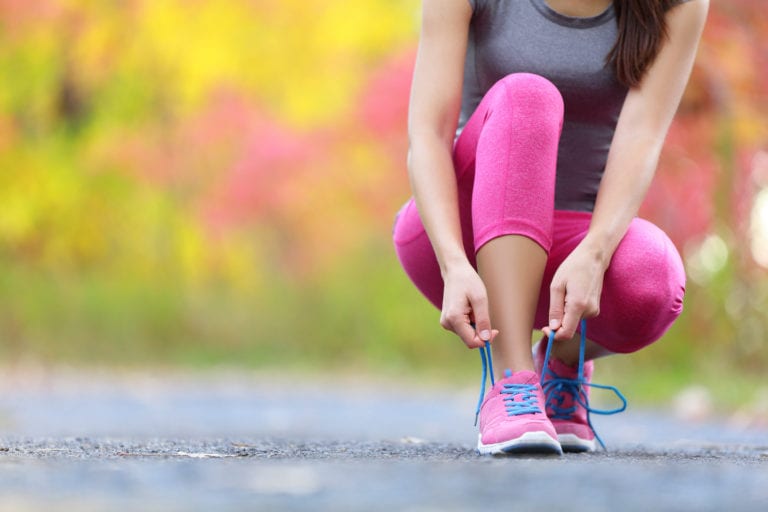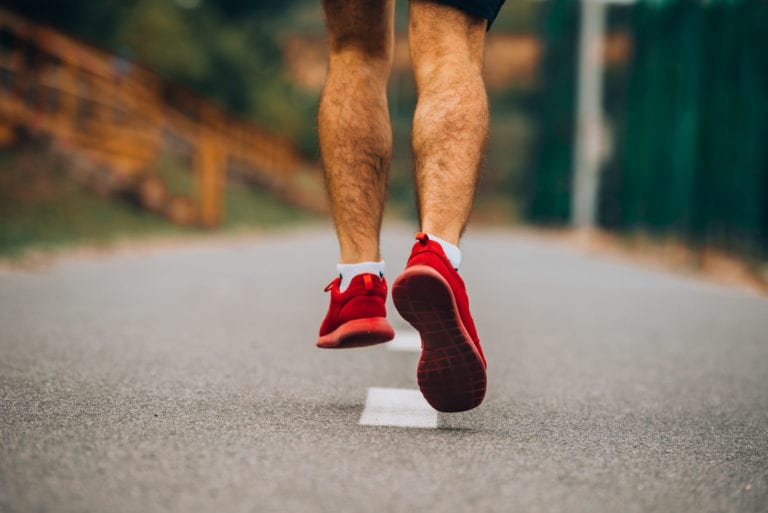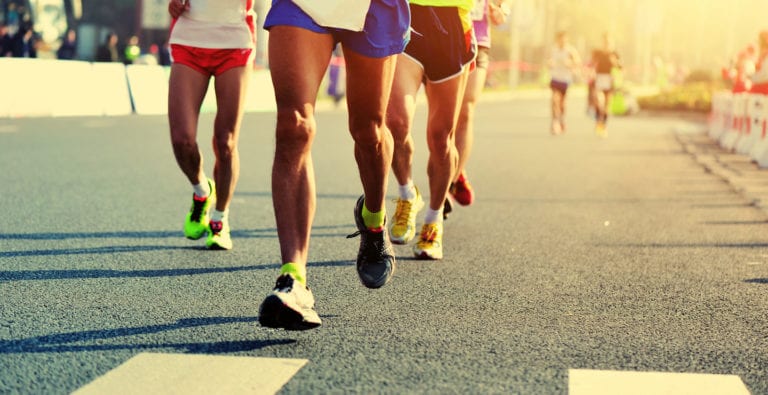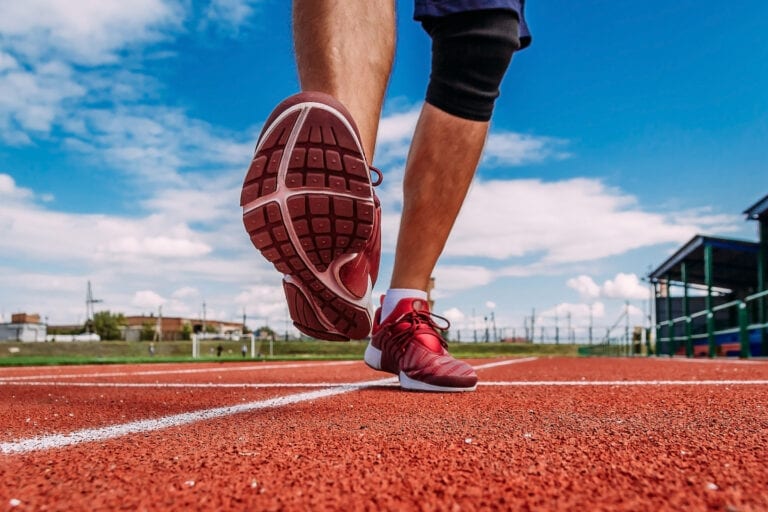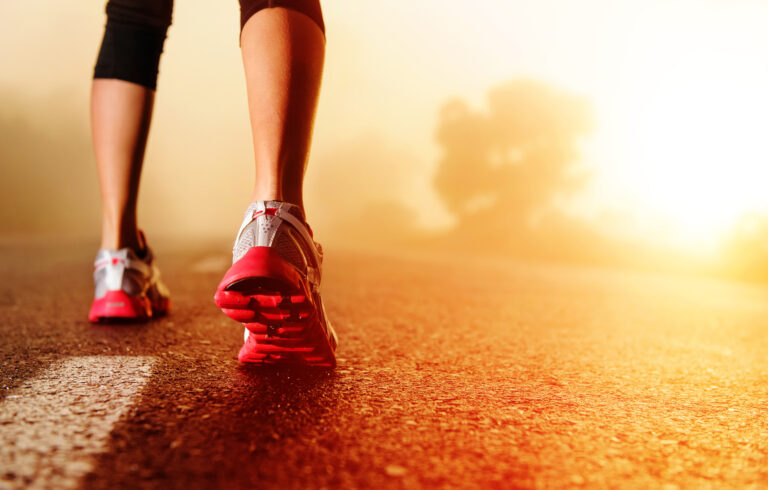The idea that runners need to stretch before or after a run (or both) is… as old as time! Jokes aside, we all know that our muscles benefit from stretching, but what isn’t clear is whether that is always the case. For example, could you damage a muscle by stretching it cold or over stretching it? Should you stretch after long, hard runs? Are running stretches better done on their own, as a separate session from your running workout?
Stretching is an essential part of a running training program, and your muscles will benefit from dynamic as well as static stretches if done at the right time and with care.
According to researchers at Yale University, the guidelines around stretching have changed over time, which may contribute to some confusion on the topic. Stretching before running has become more accepted, and dynamic stretches are seen as more beneficial to allow your muscles to perform during a workout.
In this article, we will cover:
- The importance of running stretches;
- How to stretch well before your run with dynamic movements;
- Whether you need to stretch after running, and how;
- The benefits of stretches and mobility workouts separate from your running sessions.
Why running stretches are important
While there are many schools of thought on running stretches, coaches and medics will all agree that they are good for your body. They can perform multiple functions, from warming up your muscles before your workout to helping your body cool down to finally alleviating discomfort and/or pain in certain areas.
Performed before a run, stretching helps your warm-up. However, they shouldn’t be thought of as your “traditional” static movements but instead incorporated within your warm-up sequence. The reason for this is that pre-run stretches help activate your muscles, a bit like starting up a car and letting it warm up before driving off. They’re best performed on warm muscles, however, which means starting with a light jog and then performing dynamic stretches as outlined below. With your blood flowing nicely to warmed-up muscles, you’ll be able to push to the maximum during speed sessions. You are equally less likely to injure yourself from pushing too hard and pulling a muscle.
After a run of 1-2 hours long, stretches also help cool down tight muscles that have been putting in a strong effort during fartleks or hill sprints. However, opinions are split when it comes to whether you should include stretches in your cool-downs. Traditionally, scientists believe that exercise shortens your muscles and, therefore, you should stretch immediately after physical activity. It is a good idea to stretch the muscles that feel tight, e.g. calves, hip flexors or IT band. However, it’s also important to listen to your body and not push too hard when you stretch during a cool-down. As we’ll see below, including static stretching in your workout routines as a separate routine can also help increase your mobility over time.
Stretching before a run: Dynamic stretches
When asking the question, “Should you stretch before a run?” most experts will respond with a resounding “Yes!”. However, be careful! Static stretches, which improve mobility and flexibility, can actually damage your muscle tissue if you don’t have enough blood flow into the muscles you’re stretching. To improve your functional range of motion and prevent injuries, pre-run stretches should be dynamic.
Dynamic stretches help your leg muscles warm up while not holding any one position for too long. You should include 10-15 minutes of dynamic stretching after your light warm-up jog and before your main workout. The following moves increase your heart rate and blood flow while loosening up your muscles. This is especially beneficial for those who spend their time sitting and being relatively sedentary before going for their running workout!
Here are some excellent dynamic exercises to include in your warm-ups.
Inchworm
The inchworm starts in a standing position with feet hip-width apart. Bend forward from the waist to touch your toes (or as close as you can), then walk your hands forward until you’re in a high plank position. Return to start. Repeat for c. 1 minute.
High knees and bum flicks
These may remind you of PE classes from childhood! Running with knees lifting high, above a 90-degree angle if possible, helps loosen your hamstrings and gets blood flowing into your calf muscles, too. It’s a great exercise for improving running form. Similarly, bum flicks extend your quad muscles and get you moving a bit more dynamically. You only need to do about 20 steps of each of these to feel the benefits.
Lunges
A few steps into forward lunges, then a few side lunges, are great for activating all your leg muscles: quads, glutes, hamstrings and calves. Start in a standing position and take 10 long steps forward (5 on each leg) into a lunge, being careful not to over-extend your knee over your toes. For side lunges, start with a wider stance and step to your side while keeping your feet parallel, your core engaged and your upper body upright. Perform 5 lunges on each side.
Bonus: For trail runners, consider doing crisscrossing or “speed skater” lunges where you activate your adductor and abductor muscles to help you on uneven terrain. 10 of these (5 on each leg) are great before an off-road running session. Our advice is to perform these at a slower speed than in the video, and you can do them walking forward as well.
Leg swings
For an easy quad stretch and hip flexor activation before running, find a wall or fence you can hold on to for balance and slowly swing one leg back and forth, then change for 5-10 repetitions. Keep your hips pointing forward throughout.
Then, do a side leg lateral swing where you hold on to the wall and swing a straight leg from in front of your body to the sides in a smooth, fluid motion. This is great for adductors and abductors in the hips. Again, do 5-10 on each side.
Upper body activation
Finally, loosen the muscles in your shoulders, chest and back with some dynamic rolls of your shoulders and arm swings. These are great for releasing the tension from working in front of a computer screen all day. They will also help loosen the whole body before your run.
Post run stretches
While stretching before running focuses on getting the blood flowing into your muscles and activating them to perform at high intensity, post-run stretches can help you cool down while loosening tightness in the muscles that have worked the hardest during the session. By doing a few light stretches, your heart rate will gradually decrease and return to normal after a high-intensity exercise session. However, there is little reason to stretch immediately after a slow recovery run.
Cool-down stretches for runners should be performed with keen attention to how your body feels. If there is unusual tightness or pain in any of the muscles listed below, hold off from stretching and wait until you have rested, doing a separate mobility workout. Do not force any stretch; ease into it and hold it for around 30 seconds (or to comfort).
Hamstring stretch
From a standing position, take a short step forward with your left foot and lift your toes upwards as if to face your upper body. Shifting your weight towards your toes and keeping your left leg stretched, bend down and try to touch your toes. You should feel a stretch all through your hamstring. If you cannot touch your toes, go as far forward as you can, all while keeping the left leg stretched. Hold for up to 30 seconds, then switch legs.
Quadriceps stretch from standing
While standing, bend your left knee with the foot facing backward as if you’re trying to kick behind you. Bring your foot up towards your glutes and hold with your left hand. Slowly pull the foot back while keeping knees together, so you feel a stretch in your quad muscle (front of your left thigh). Hold for up to 30 seconds, release and switch legs.
Calf stretch
To target your upper calf (gastrocnemius), take one step towards a wall and lean against it while keeping your back foot on the ground. Push the back heel into the ground, while there should be no pressure on the front leg.
For the lower calf (soleus), stand closer to the wall and bend one leg, keeping your foot flat on the ground. The stretch should now be on your lower calf, releasing tension that causes Achilles tendinitis, a frequent running injury.
IT band stretch
The iliotibial band on the outer side of your thigh is another area where runners often get injured. A tight or shortened IT band can also spell trouble for your knees or hips, so it’s essential to stretch it after running. An easy stretch is to place both feet on the ground, then cross them, feet still on the ground, and lean your upper body to the side of the leg that’s in front. Do the same on the other side.
Alternatively, a deeper stretch involves starting from a seated position with your feet on the ground and knees bent in front of you. Lift your left leg, bringing your left ankle on top of your right thigh facing you. Lift yourself off the ground on your hands and push your top half towards the left ankle until you feel a stretch in the left IT band. Hold, then repeat on the other side.
Knee hugs
Release tension in your lower back after a run by lying on the floor and bringing both knees to your chest, then holding on tight as you feel your lower back relaxing. You can rock gently from side to side, too.
While these stretches are all useful, there are many more you can do to prevent tightness in your muscles and cool down gradually. However, the above are the first few easy exercises you can take on after your run before you graduate to deeper stretches or a mobility practice like yoga or pilates.
How about stretching separately from running?
The main reason for performing static stretches after your runs is to make the most of your muscles being warmed up from exercise. However, you can also work on your general mobility and flexibility outside of running sessions by adding a 10-20 minute routine after a strength & conditioning session or separately from your other exercises altogether. A few stretches can help wake up your body in the morning or release tension in the middle of the workday as you take a short break from your desk, for example.
Here are some additional stretches you can consider, which will also benefit your running:
- Hip flexor stretches;
- Pigeon pose for IT bands;
- Child’s pose to relieve back and shoulder strain;
- Shin stretches to prevent shin splints;
- Seated hamstring stretches with hand reaching overhead for added upper body stretching.
Frequently Asked Questions
Should runners stretch every day?
While you don’t technically need to stretch every day, it’s a good idea to include some mobility and flexibility work to increase your range of motion even when you don’t run. Make sure you do your dynamic stretches before a tough workout, cool down with some mild static stretching, and consider adding a few additional exercises from the ones listed above on days off.
What happens if you never stretch?
Running puts pressure on your muscles, causing some to shorten (e.g. calf or IT band), which in time can lead to injuries such as runner’s knee or pain and discomfort. Moreover, being more flexible can improve your overall mobility and make you feel happier in between your runs. That’s why it’s a good idea to do some form of stretching before, after and aside from your running workouts.
Should you stretch before or after running?
You can do both as long as you make a clear difference between the types of stretches you add to your runs! Do dynamic stretches to activate your muscles and “wake up” your body before a run. After a run, take it easy with static stretches that you gradually increase the duration of as you get more flexible.
Conclusion: Stretching to prevent injury and improve your running
There is a good reason why so much literature online and offline has been dedicated to stretches for runners. The better care we take of our joints and muscles, the more they will support us through running into older age, without the fear of injury. Moreover, general mobility is great for all runners and non-runners, keeping your body moving and warding off unwanted tensions you’re likely to develop from long periods spent sitting or hunched over in desk jobs.
But it’s important to differentiate between the types of stretches you should do before and after a run and always listen to your body and ease into stretches gradually to avoid any damage to your tissues.

